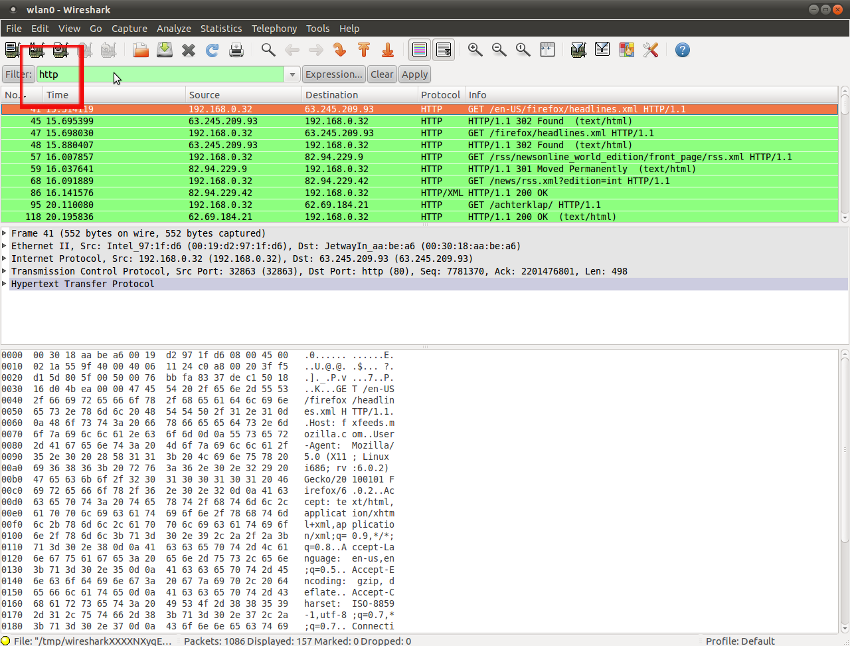

Scapy will send the HTTPRequest(), and the host will answer with HTTP fragments. Once the first SYN/ACK is done, the connection is established.

Sniffers work by examining streams of data packets that flow between computers on a network as well as between networked computers and the larger Internet.
#HTTP SNIFFER PACKETS SOFTWARE#
Let’s have a look at what happens when you perform an HTTPRequest using Scapy’s TCP_client (explained below): A packet sniffer also known as a packet analyzer, protocol analyzer or network analyzer is a piece of hardware or software used to monitor network traffic. Its smart real-time analyzer enables on-the-fly content viewing while capture, analyze, parse and decode HTTP protocol. Features: - Support packet capturin, data statistics and summary, - Support Wi Fi-LAN packet capturing, - Support packet analysis in app and web browser, - Support search and file type. Sniffers in an unethical way are used to steal confidential information exchanged between source and destination. Http Traffic is packet capturing tool, as a proxy server in LAN, can connect and capture packets, monitor network requests, and analyze network packets. Discovering network misuse, vulnerability, malware, etc. Unlike most other sniffers, it is dedicated to capture IP packets containing HTTP protocol, rebuild the HTTP sessions, and reassemble files sent through HTTP protocol. Sniffers are used to: Packet capturing helps to diagnose and investigate network problems like congestion.
#HTTP SNIFFER PACKETS WINDOWS#
Moreover, each frame may be aditionnally compressed, depending on the algorithm specified in the HTTP header: Packet sniffing is the practice of gathering, collecting, and logging some or all packets that pass through a computer network, regardless of how the packet. EffeTech HTTP Sniffer is a HTTP packet sniffer, protocol analyzer and file reassembly software based on windows platform. None of the above: the HTTP frame ends when the TCP stream ends / when a TCP push happens. Using Content-Length: the header of the HTTP frame announces the total length of the frame The end of a frame is marked by an empty chunk While computers are generally designed to ignore the hubbub of traffic activity from other computers, packet sniffers reverse this. To summarize, the frames can be split in 3 different ways:Ĭhunks: split in fragments called chunks that are preceded by their length. Packet sniffers work by intercepting traffic data as it passes over the wired or wireless network and copying it to a file. Those are pretty unusual nowadays (HTTP 2.X is binary), therefore its implementation is very different.įor transmission purposes, HTTP 1.X frames are split in various fragments during the connection, which may or not have been encoded. Support for HTTP 1.X was added in 2.4.3, whereas HTTP 2.X was already in 2.4.0.


 0 kommentar(er)
0 kommentar(er)
